Vineyard plough
In winegrowing, the plough performs two operations: turning the soil towards the vines and turning it away from the vines (bringing the soil back to the centre).
The winegrower's plough cuts the soil, the mouldboard turns it over and the ridging body, in the turning position, turns the soil to either side.
The winegrower's plough cuts the soil, the mouldboard turns it over and the ridging body, in the turning position, turns the soil to either side.
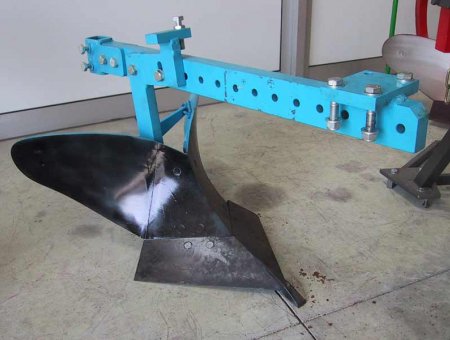
Work objective
In viticulture, two types of operation are carried out with the plough by changing the position of the bodies which pour the earth either to the right or to the left. When the strip of soil is poured towards the vine stocks, it is called " chaussage" (ploughing) ; when it is brought back to the centre of the row, it is called " déchaussage" (ploughing).
The operation that consists of clearing the strip of soil in the space between two vines is known as decavaillonnage, and cannot be carried out by the winegrower's plough, whose fixed bodies cannot retract to the level of the vines. A special plough is used: the decavaillonneuse plough.
The operation that consists of clearing the strip of soil in the space between two vines is known as decavaillonnage, and cannot be carried out by the winegrower's plough, whose fixed bodies cannot retract to the level of the vines. A special plough is used: the decavaillonneuse plough.
Components of the vineyard plough
Vineyard plough technology
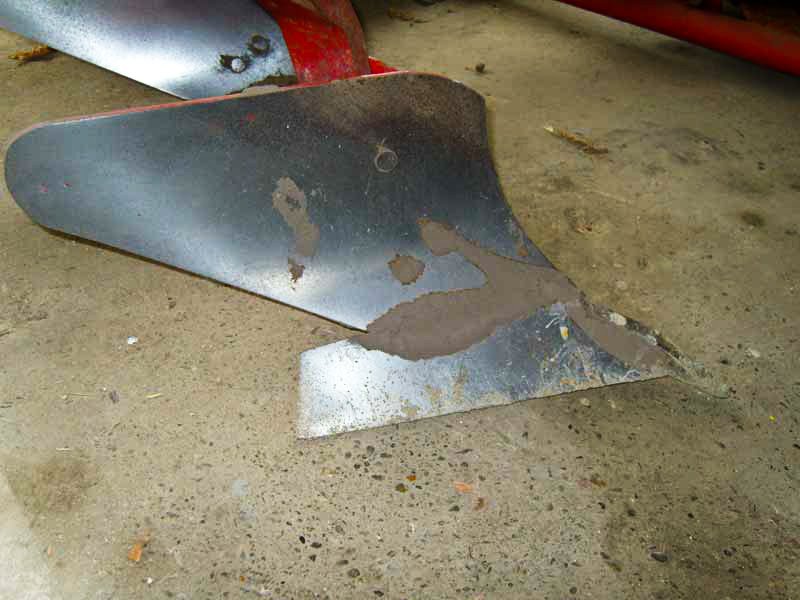
The vineyard plough is made up of the following main parts:
- the frame
- the ribs
- the plough bodies
Working width
The width of the strip of land cut by the ploughshare determines the working width of the plough body. Most ploughs have a working width of 10 inches (one inch = 25.4 mm), although some small ploughs work to only 8 inches.The ploughing depth should not exceed 2/3 of the width of the strip being worked.
The ploughshare
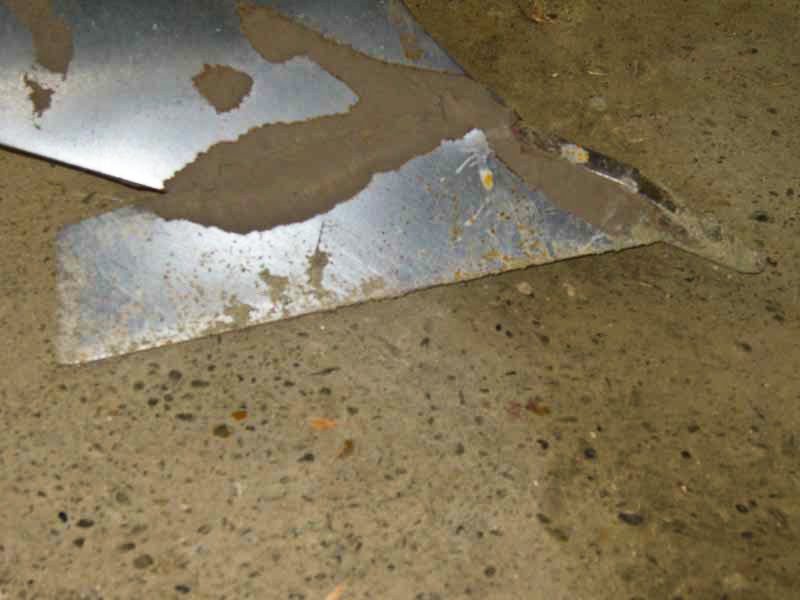
The ploughshare is a trapezoidal blade whose role is to cut the strip of soil horizontally and initiate its lifting.
Three types of share are used:
Three types of share are used:
- the square ploughshare, which has a square steel bar at the front end, the projection of which can be adjusted to compensate for wear. This type of share is particularly suited to stony ground, and is used in almost 90% of cases
- the duckbill ploughshare is used in heavier soils, and has a sort of bulge at its front end
- the straight projecting ploughshare, a basic type of ploughshare, is rarely used
The mouldboard
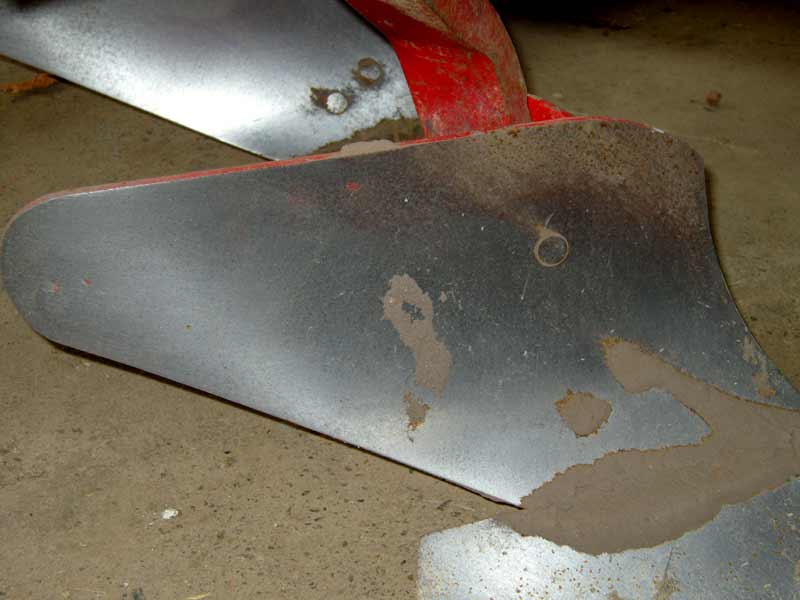
The mouldboard continues the turning of the strip of soil initiated by the share. There are several types:
- the cylindrical mouldboard: its shape can be inscribed in the wall of a cylinder, its action on the structure is fairly brutal.
- the semi-helical mouldboard, which is cylindrical in its first part and helical at the end of the turning process. It works more closely with the strip of earth, which is thus more firmly moulded.
- the broken mouldboard is used to vary the deflection of the soil towards the vines. This can be useful when there is little distance between the end of the mouldboard and the vines and you want to leave little soil against them.
The ridger body
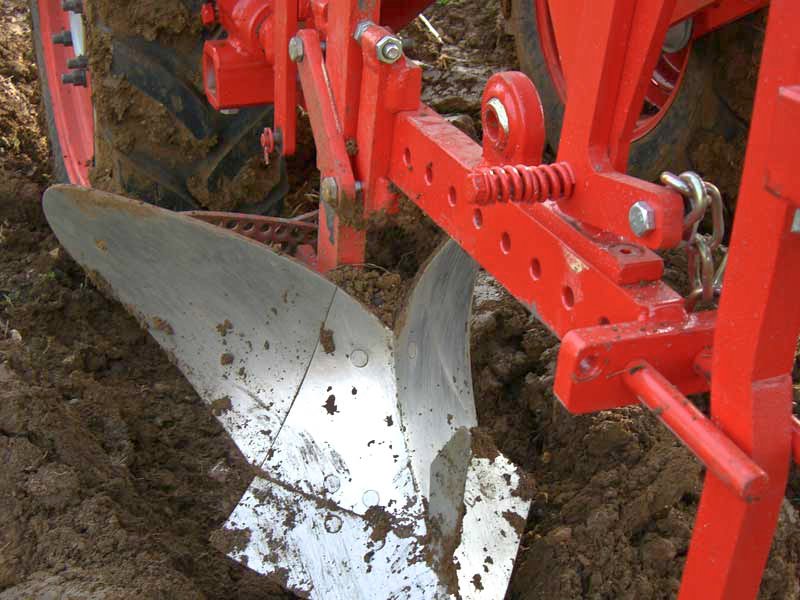
The ridging body is located at the rear of the plough in the ploughing position. It is a double body with two ploughshares and two mouldboards, one pouring the soil to the right and the other to the left.
In the ploughing position, the plough is equipped with the ridging body, which is a double body (it pours the soil to the right and to the left). The arrangement of the plough bodies forms an open V at the front. The right and left plough bodies are interchanged to form a truncated V with the end at the front of the plough.
In the ploughing position, the plough is equipped with the ridging body, which is a double body (it pours the soil to the right and to the left). The arrangement of the plough bodies forms an open V at the front. The right and left plough bodies are interchanged to form a truncated V with the end at the front of the plough.
Flanges
The flanges are the connecting parts between the ages and the frame. They must not have any play and must be adapted to the dimensions of the longitudinal members and ages (e.g. 50x30 or 60x30).
Adjustment and use of the vineyard plough
Coupling the plough to the tractor
To save time and ensure precision when fitting and adjusting ploughs and dethatchers, it is advisable to draw lines on level ground to represent the rows to be worked.Working on level ground also makes it easier to see how to adjust the plough's horizontal position.
Length of stanchions
The length of the right and left stanchions must be exactly the same. This can be measured directly on the stanchions, or by taking a horizontal surface as a reference.Plough centring
- Inter-row tractor
- Straddle tractor
Working depth
Working depth is generally between 10 and 15 centimetres.- On inter-row tractors
In all cases, the use of gauge wheels enables ploughing to be carried out at a constant depth.
- On high-clearance tractors
Tamping
The heel adjustment determines the volume of soil worked by the front and rear plough bodies. The distance between the frame and the ground must be the same at the front and rear of the plough. Make this adjustment on flat ground.- On inter-row tractors
- On high-clearance tractors
